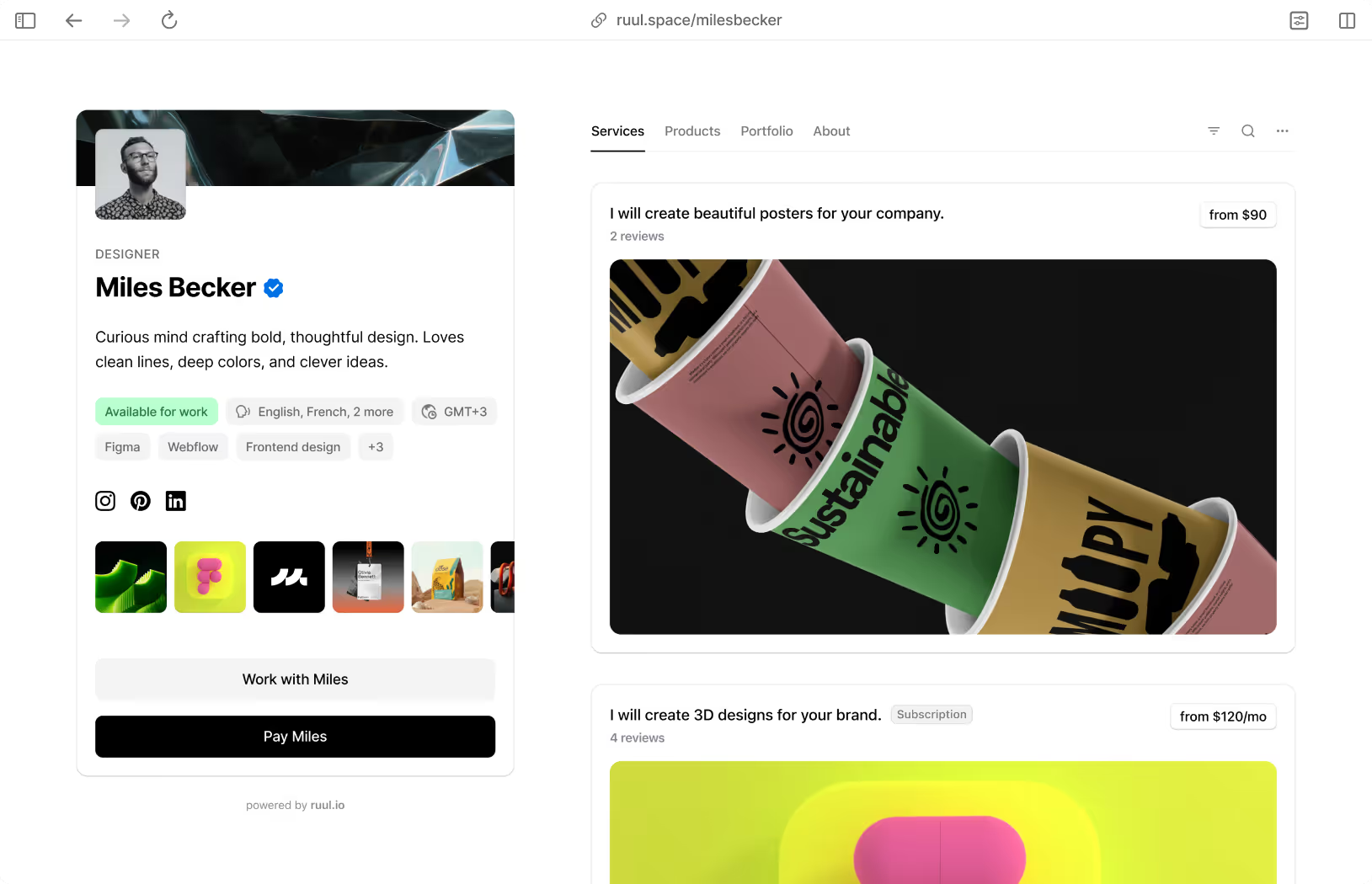Creating an attractive resume is the most important thing to show your skills, your vision, experience and accomplishments. Unlike traditional resumes, a self-employed resume focuses on highlighting your entrepreneurial projects, independent contracts, and your similar backgrounds. Also, it highlights your unique strengths. It shows diverse skills since freelancers often work in different industries or areas, proving they can adapt.
Instead of listing jobs, it focuses on completed projects or contracts. Managing clients and delivering good results are key points, as these show strong client relations. It also highlights an entrepreneurial mindset, showing not just skills but also the ability to run a business successfully.
Important Sections For Creating an Attractive Self-Employed Resume
A well-structured resume captures attention and communicates your qualifications effectively. Here’s what you should include while creating a self employed resume:
1. Professional Summary
Start with an attractive and professional statement summarizing your expertise, years of experience, and the value you bring.
Here is an example:
“Experienced freelance graphic designer with 8+ years of expertise in branding, illustration, and digital marketing. Successfully delivered 100+ projects to global clients with a focus on innovative design and timely execution.”
2. Key Skills
List relevant skills that showcase your capabilities, such as:
- Technical skills (e.g., proficiency in software or tools)
- Soft skills (e.g., communication, project management)
- Industry-specific expertise
- Marketing Skills
- Language Skills, etc
3. Work Experience
Instead of job titles, use project descriptions or roles you’ve taken as a freelancer. For instance:
- Designed social media campaigns that increased engagement by 40% for a tech startup.
- Provided copywriting services for 50+ marketing agencies, generating $200K+ in client revenue.
4. Portfolio or Projects
Include a link to your portfolio or highlight key projects directly on your resume. Showcase achievements that demonstrate results and creativity. A portfolio will give an idea to your client to set their expectations clearly.
5. Education and Certifications
List degrees, certifications, or relevant training. For example, certifications in SEO, digital marketing, or software like Adobe Photoshop can add credibility and build trust.
6. Testimonials or Client Reviews
Try to include quotes from satisfied clients or links to detailed reviews. Testimonials build trust between you and your clients. They know you have a good background and trustable sources.
Formatting Tips for a Self-Employed Resume
Your resume should be professional, clear, and easy to read.
Keep it short, ideally one page, unless you have a lot of experience. Use action words like "achieved," "created," "managed," or "designed" to start your points. Customize your resume for each job or project to show the most relevant skills and experience. Make sure to include your contact details, like email, LinkedIn profile, and a link to your portfolio.
How to Address Self-Employment on a Resume
Self-employment often raises questions about gaps in traditional work history. Be transparent and professional when addressing it:
- Use a Business Name: If you operate under a registered business or brand name, include it in your experience.
- Highlight Transferable Skills: Emphasize how your self-employment has improved skills like problem-solving, time management, and client relations.
- Quantify Achievements: Use numbers to demonstrate the impact of your work, such as increased revenue, improved performance metrics, or client retention rates.
Clients prioritize some factors while choosing freelancers to work with. All of the factors above matter while creating a self employed resume but also you need to be clear about what you provide at all stages. That includes easy and multiple payment options. You can also point in your portfolio or in your working methods section the payment methods you provide such as,
- Bank Transfers: Widely accepted but may involve fees for international transactions.
- Online Payment Platforms: Services like PayPal, Payoneer, and Stripe are convenient for global clients.
- Cryptocurrency: For tech-savvy clients, Ruul enables freelancers to handle cryptocurrency payout options.
- Early Payment Solutions: Freelancers can access platforms like Ruul for early payment solutions, ensuring faster access to funds without waiting for extended payment terms.
- Credit Card: Ruul also allows freelancers to accept payment with credit cards.
Finalizing Your Self-Employed Resume
Before sending out your resume, ensure it is polished and error-free:
- Proofread Thoroughly: Eliminate typos or grammatical mistakes.
- Seek Feedback: Ask a trusted friend or mentor to review your resume.
- Test Links: Ensure that links to your portfolio, testimonials, or social profiles work correctly.
After you create the perfect resume, managing the client, delivering high quality work and invoicing will be your focus. Platforms like Ruul simplify these tasks for freelancers by offering practical solutions such as invoicing without a company and advanced payment tools.
Keep it in mind, Ruul will be your favorite tool while freelancing. Ruul provides freelancers with a great support, from invoicing to payment collection. Whether you're sending an invoice without a company or exploring advanced freelancer payment solutions, Ruul simplifies financial management, allowing you to focus on landing more projects.
Your freelance resume serves as your introduction to potential clients. Using reliable tools like Ruul ensures you’re equipped for success in every aspect of freelancing.










